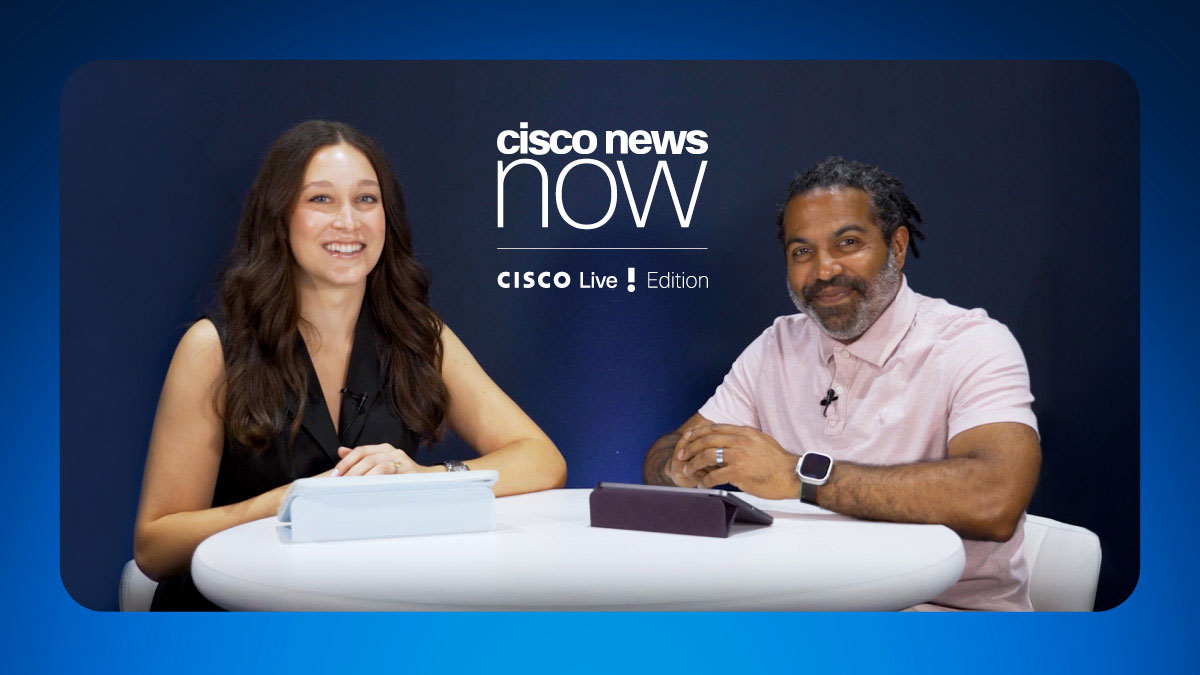TORONTO--May 4, 1998-- CRYPTOCard today announced that it is teaming with CiscoSystems to help administrators affordably secure Windows NTenterprise networks. The two companies have embeddedCRYPTOAdmin, CRYPTOCard's authentication/token cardmanagement server software, within CiscoSecure Access ControlServer (ACS) 2.1 for Windows NT. The integration gives Ciscocustomers a one-time password (OTP) solution for centralized accesscontrol, without the usual requirements of purchasing and maintainingexpensive authentication server software and standardizing on athird-party vendor's proprietary authentication scheme.
Many of today's enterprises are standardized on Windows NT anduse static passwords to log-on -- at least inside the firewall. With theproliferation of telecommuting via Internet, many of theseorganizations use token card technology to ensure that swipedpasswords cannot be successfully reused by interlopers.
In the past, the use of this technology meant choosing one vendor'sscheme, then purchasing and maintaining an expensive token cardauthentication server in addition to investing in firewalls, accessservers, and the token cards themselves. Some organizations alsoincur additional costs for re-licensing tokens that have expired. Nowthat CRYPTOAdmin ships with CiscoSecure, these added expensesand inconveniences can be by-passed. Organizations simply purchasethe CRYPTOCard token of their choice to begin using strong OTPprotection.
"CiscoSecure is already one of the most affordable,comprehensive, and scaleable solutions for authentication,authorization and accounting," says George Christensen, director ofproduct marketing, Network-to-User business unit at Cisco. "Wenow include CRYPTOAdmin, which provides organizations thebenefits of one-time passwords."
The combination provides an easy migration path for anyorganization, even those with preexisting authentication investments.This is because CiscoSecure supports multiple authentication schemessimultaneously. Furthermore, the solution simplifies administration withits ability to interact with third party databases, such asCRYPTOAdmin. This feature enables CiscoSecure customers toeasily configure one-time password protection for their telecommutersor any other group worldwide.
By reducing server software, maintenance fees, and repurchases oftokens that have expired, CRYPTOCard's cost of ownershipinitiatives offer organizations OTP protection at almost one third thecost of traditional solutions for a 1,000 person facility over five years.CRYPTOCard set these initiatives into action last April by embeddinga UNIX version of CRYPTOAdmin into CiscoSecure ACS 2.x forUnix.
"This development is the culmination of a year-long initiative toreduce the cost of ownership for authentication by partnering withindustry leaders," comments Stephen D. Seal, VP, development &support for CRYPTOCard. "CRYPTOAdmin within CiscoSecureallows organizations to have world class, open standard securitysolutions that fit within a tight budget. This is especially important asadministrators are being held more accountable for choosing oldparadigm authentication schemes when the embedded model deliversthe same level of protection without taxing the administrator's time orbudget."
A comprehensive token management tool, CRYPTOAdmin allowsfor centralized user authentication with de-centralized tokenadministration. This integrates well with authentication handlingfunctionality developed within CiscoSecure ACS 2.1 for WindowsNT.
The tokens themselves help lower the cost of ownership forenterprise-wide authentication through replaceable batteries, in thecase of the hard token, and through ease of deployment, a key featureof the industry's only Java-based soft token. In a recently publishedSC/Infosecurity News review, CRYPTOCard's RB-1 Token wonhigh marks across the board and was favorably compared with theleading competitor.
Requiring no special readers, the RB-1 is a credit card-sized,one-time password generator featuring dual replaceable batteries,customer-managed initialization, multiple keys, and multilingualcapability. Users are equipped with something they uniquely have (theRB-1) and something they know (their PIN). The RB-1, along withCRYPTOCard's Java-based token, now works directly withCiscoSecure ACS 2.1 for Windows NT. Synchronized with a hostserver, CRYPTOCard tokens generate and display a one-timepassword through an event-synchronous method of authenticationcalled QuickLog(tm). Based on the Data Encryption Standard (DES)algorithm, the QuickLog method provides users with a unique newpassword for each logon attempt.
CRYPTOAdmin is included on the CiscoSecure ACS 2.1 forWindows NT CD-ROM. CRYPTOAdmin is also compatible withCiscoSecure ACS for Unix. CRYPTOCard tokens are available fromCRYPTOCard with prices ranging from $20-$50 for soft tokens and$40-$70 for hard tokens, based on installation size. For moreinformation, please contact CRYPTOCard at 800-307-7042 (US),+1 416-643-7171 (Corporate Headquarters-Toronto),info@cryptocard.com, or http://www.cryptocard.com.
About CRYPTOCard
CRYPTOCard is a leader in information security, specifically inproducts used to authenticate users for network access and Internetconnectivity. The company's standards-based authenticationtechnology is incorporated into leading security products worldwide.CRYPTOCard's cost of ownership initiatives in the authenticationmarket have established the company's solutions as among the mostaffordable over a five year period.Cisco Systems
Cisco Systems, Inc. (NASDAQ:CSCO) is theworldwide leader in networking for the Internet. News and information areavailable athttp://www.cisco.com.CRYPTOCard is a registered trademark of CRYPTOCardCorporation. Cisco, Cisco Systems, and the Cisco Systems logo areregistered trademarks of Cisco Systems, Inc. in the U.S. and certainother countries. All other trademarks mentioned in this document arethe property of their respective owners.



